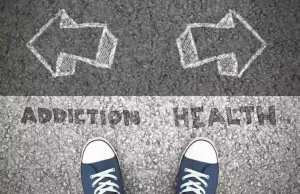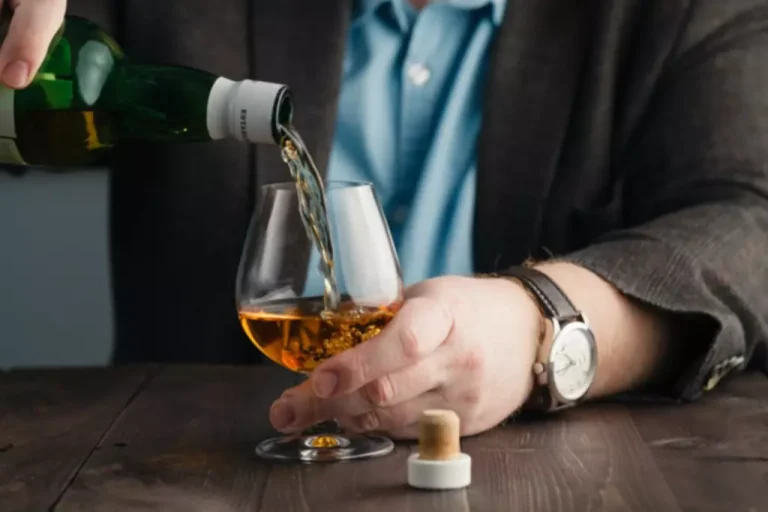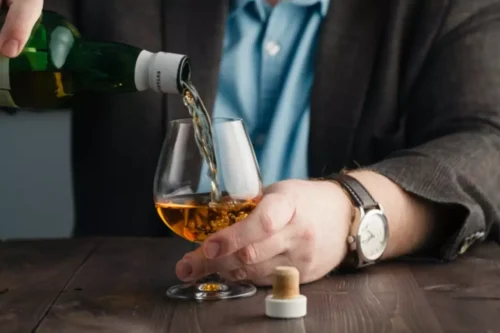100 Art Therapy Ideas: Effective Therapeutic Art Therapy Exercises

The power of art therapy isn’t just an abstract concept; it’s rooted in real-life stories of transformation. An ever-growing body of research stands proof to the effectiveness of art therapy in addiction recovery. I turn to art therapy because it offers a fresh lens through which to view the recovery journey. As we have seen throughout this article, art therapy is a versatile and effective tool that can be adapted to meet the unique needs of each individual in recovery. Whether used as a complement to traditional talk therapy or as a standalone intervention, art therapy has the power to transform lives and support long-term recovery.
- Art therapy, which is overseen by a trained therapist, is an effective therapeutic technique.
- These can be made by drawing, painting, mask making, sculpture, photography, or mixed media using a combination of these materials.
- The assistant pronounces separate phrases, and you should focus on their content.
Start your journey today

These tools promote experimentation and playfulness, sometimes easing the pressure found in traditional art forms. Or, the ease of creating a simple animation could provide a way to visualize the ups and downs of recovery. Imagine taking a photo representing an emotion and then manipulating it with filters, colors, or text – adding a visual layer to inner experience. From simple photo editing to creating short films or digital illustrations, technology expands the potential for self-expression and exploration within a therapeutic setting.
Types of art therapy exercises include:
There are many art therapy activities that can support the substance abuse recovery process, but here are some useful examples. The versatility of art therapy allows for its implementation across various addiction treatment settings. These programs often include a mix of individual and group sessions, allowing for both personal exploration and shared experiences. With the guidance of trained art therapy practitioners, these exercises can be a valuable tool in supporting long-term recovery and personal growth. In this article, we will explore 10 of the best art therapy exercises for addiction recovery, each designed to target specific aspects of the recovery process. While listening to Vivaldi’s 4 Seasons Symphony, paint the landscape in large strokes.
- Substance abuse can be extremely time-consuming.
- Discover how the transformative power of art therapy is revolutionizing addiction recovery, offering a creative path to healing and self-discovery.
- It’s a tangible way to visualize one’s journey and aspirations, creating a roadmap for recovery.
- The circular designs of mandalas symbolize wholeness and unity, offering a meditative practice that can help individuals center themselves and find inner peace.
Drawing A Life Timeline
To begin, each participant will draw four dots—one in each corner of the paper—and then connect them to art therapy ideas for adults in recovery draw a square border. Within that square, they can draw lines to create as many sections as they desire and begin drawing dashes, lines, strokes, or dots to create more shapes. It’s important to remind participants that this activity is not about who can draw the best and that there’s no wrong way to draw zentangles. The main goal of this project is to slow down, be present, and heal.
Art Therapy Ideas & Art Therapy Exercises: Your Path to Harmony from Artistro
- When we say distraction, we are referring to your ability to shift your focus from the urge to use substances to release your energy in another, healthier way.
- A lot of different events take place during the day, both joyful and sad.
- This can be anything from positive affirmations to notes that list goals you want to achieve.
- If you’re creating a self-care box, have the participants add items that represent to them the idea of support and self-help.
- If you’ve ever heard of a fidget spinner, then you may understand how having a small object to pick at with your hands can help a person concentrate.
Art offers an alternative, allowing for the expression of feelings that might be too challenging to vocalize. There are different art therapy ideas for adults in recovery everyone ought to know. This book will really appeal to practicing psychotherapists who want to understand how to incorporate expressive arts techniques into their existing approach. The expressive collage-making exercise by expressive arts therapist Shelley Klammer in the video below is designed to enhance self-acceptance. Movement can relieve stress and can be a powerful tool for self-regulation https://ecosoberhouse.com/ (Jones, 1996). In the video below, somatic psychologist and dance/movement therapist Dr. Jennifer Tantia explains how she used movement to transform her client’s anxiety into a sense of agency.

Create and Meditate with the Lighthouse Activity

Be sure to leave some extra so you can easily tie off the bracelet. Every vignette, case study, or reference to a client has been adapted and adjusted for legal and ethical publication. Names, demographics, and other identifying information have all been changed in order to protect client identity, confidentiality, and privacy. The information presented in each example is for educational purposes only, intended to illustrate a concept, technique, or activity. Once they are finished, explore what they have created.
